Sustainable Fashion Brands in Europe
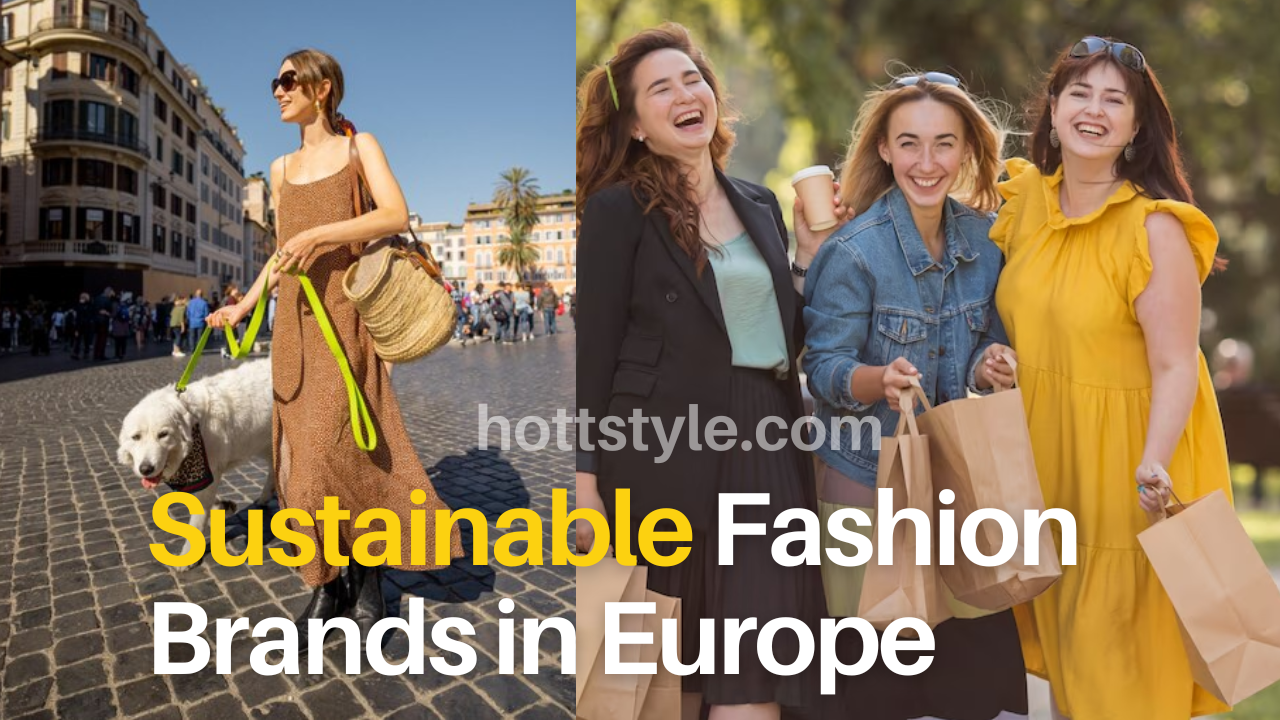
Fashion, a language spoken wideness cultures and borders, has long found its home in Sustainable Fashion Brands in Europe. From the haute couture houses of Paris to the vibrant street style of Berlin, the continent has been a tastefulness ground for trends and innovation. But in recent years, a new thread has woven its way into the European malleate tapestry: sustainability.
Consumers are increasingly enlightened of the environmental and social impact of their suit choices, and they are taxing change. In response, Sustainable Fashion Brands are rising to the challenge, creating trappy and stylish suit while moreover considering the planet and its people.
See Now:
- best workout clothes for men
- best men’s clothing brands in Europe for 2023!
- 10 best casual wear for men
- Explore best 1860s men’s fashion
This guide will take you on a journey through the world of sustainable malleate in Europe. We’ll explore the brands that are leading the way, from luxury labels like Stella McCartney to innovative newcomers making waves with their eco-conscious designs. We’ll moreover delve into the variegated aspects of sustainability, from using recycled materials to upstanding production practices.
Whether you’re a seasoned fashionista or just starting to explore the world of sustainable style, this guide is for you. Join us as we discover the Sustainable Fashion Brands that are shaping the future of fashion, one ethically made garment at a time.
Here are some of the reasons why sustainable highly increasingly important Sustainable Fashion Brands in Europe:
Environmental concerns: The malleate industry is a major polluter, contributing to climate change, water pollution, and textile waste. Consumers are increasingly enlightened of these issues and are looking for ways to make increasingly sustainable choices.
Social responsibility: Many malleate brands are built on unethical labor practices, with workers in developing countries stuff paid low wages and working in unsafe conditions. Consumers are now taxing that brands be increasingly transparent well-nigh their production practices and ensure that their workers are treated fairly.
The circular economy: The traditional linear model of “take, make, dispose” is no longer sustainable. Sustainable malleate brands are exploring ways to create a circular economy, where gown are designed to be reused, repaired, and recycled.
There are three types of brands based on quality and range of prices
- High-End
- Mid-Range
- Affordable
1 High-End
There are top luxury brands in Sustainable Fashion in Europe.
I Stella McCartney: Pioneering Sustainable Fashion in Europe
Within the domain of maintainable mold, Stella McCartney stands as a reference point of advancement and cognizant plan. Established by the eponymous British creator in 2001,

the brand has consistently mixed extravagance and maintainability to rethink the scene of European mold.
At the center of Stella McCartney’s ethos is an unflinching commitment to moral hones and natural duty. The brand has ended up a trailblazer, challenging industry standards by demonstrating that mold can be both exciting and economical.
One of the brand’s trademarks is its devotion to utilizing veggie lover and cruelty-free materials, shunning calfskin and hide. Stella McCartney has effectively demonstrated that fashion require not compromise moral values, advertising an broad run of chic choices that adjust with the standards of kindness and supportability.
Past fabric choices, the brand has grasped a circular economy demonstrate, emphasizing the significance of life span in plan. McCartney’s manifestations are immortal, created with an persevering Sustainable Fashion Brands stylish that rises above transitory patterns. This commitment to life span not as it were minimizes the natural affect of quick mold but too empowers customers to contribute in pieces that persevere.
Stella McCartney has moreover taken critical strides to diminish its carbon impression.
From the supply chain to generation forms, the brand persistently seeks out innovative arrangements to play down natural affect. McCartney effectively investigates feasible advances and eco-friendly hones, pointing to set modern guidelines for the industry.
Collaborations with like-minded accomplices, as well as activities to raise mindfulness approximately economical design, have further cemented Stella McCartney’s position as a pioneer within the European Sustainable Fashion Brands design scene. The brand’s impact amplifies past its extravagant pieces of clothing, fostering a community of honest buyers who esteem both fashion and maintainability.
Within the energetic world of European design, Stella McCartney remains a standout case of how a commitment to moral and feasible hones can hoist a brand to modern statures. As we explore long-term of design, Stella McCartney proceeds to rouse and shape an industry where compassion and fashion coexist concordantly.
II Gabriela Hearst: Redefining Elegance Through Sustainable Luxury in Europe
Gabriela Hearst, the eponymous extravagance mold brand, has risen as a paragon of feasible style within the Sustainable Fashion Brands scene. With a commitment to craftsmanship, ageless plan, and natural duty, Hearst’s manifestations consistently mix modernity with a significant devotion to supportability.
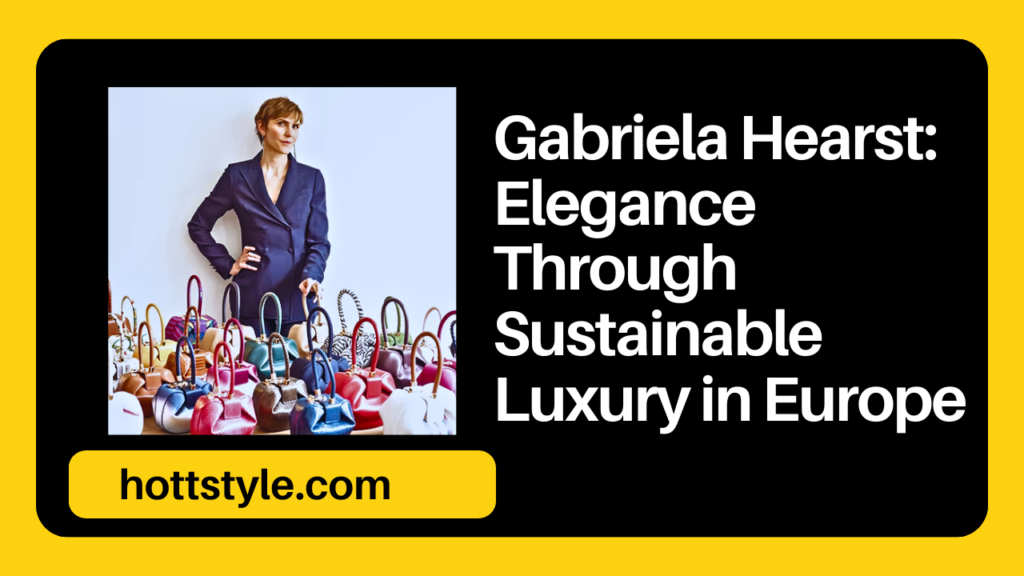
Founded in 2015 by Uruguayan designer Gabriela Hearst, the brand has quickly gotten to be synonymous with cognizant extravagance. Hearst’s vision amplifies past the insignificant creation of excellent pieces of clothing; it typifies a all encompassing approach to design that considers the complete lifecycle of each piece.
Central to Gabriela Hearst’s feasible ethos is the fastidious choice of materials. The Sustainable Fashion Brands prioritizes the utilize of morally sourced, characteristic strands, and places a premium on traceability. By guaranteeing straightforwardness within the supply chain, Gabriela Hearst not as it were lifts the quality of its items but moreover sets a standard for responsibility inside the design industry.
A striking viewpoint of the brand’s commitment to supportability is its utilizationof regenerative cultivating hones. Gabriela Hearst effectively underpins initiatives that advance soil wellbeing and biodiversity, recognizing the interconnecting of design with broader biological frameworks.
The brand’s commitment to life span is clear in its accentuation on classic plans and fastidious craftsmanship. Gabriela Hearst makes pieces that rise above regular patterns, empowering shoppers to cherish and invest in persevering fashion instead of surrender to the brief nature of quick design.
In expansion to its maintainable hones, Gabriela Hearst has made essential strides in minimizing its natural affect. From carbon-neutral activities to imaginative approaches in generation, the brand persistently investigates ways to decrease its impression whereas keeping up the most extreme standard of extravagance.
Collaborations with artisans, bolster for conventional craftsmanship, and a center on community welfare encourage underline Gabriela Hearst’s commitment to dependable mold. The Sustainable Fashion Brands effectively locks in with neighborhood communities, guaranteeing that its hones contribute emphatically to both people and the planet.
As a trailblazer within the domain of feasible extravagance in Europe, Gabriela Hearst serves as an motivation for those looking for extravagance with a soul. In a world where mold is progressively formed by moral contemplations, Gabriela Hearst stands at the cutting edge, proving that supportability and extravagance can coexist concordantly, setting a new worldview for long-standing time of European design.
III Chloé: Timeless Elegance Embraces Sustainable Innovation in European Fashion
Chloé, a venerable title within the world of tall design, is making strides in joining supportability into its notorious plans. Eminent for its immortal tastefulness and sentimental charm, Chloé has set out on a journey to rethink extravagance by joining moral hones and natural awareness into its European fashion narrative.
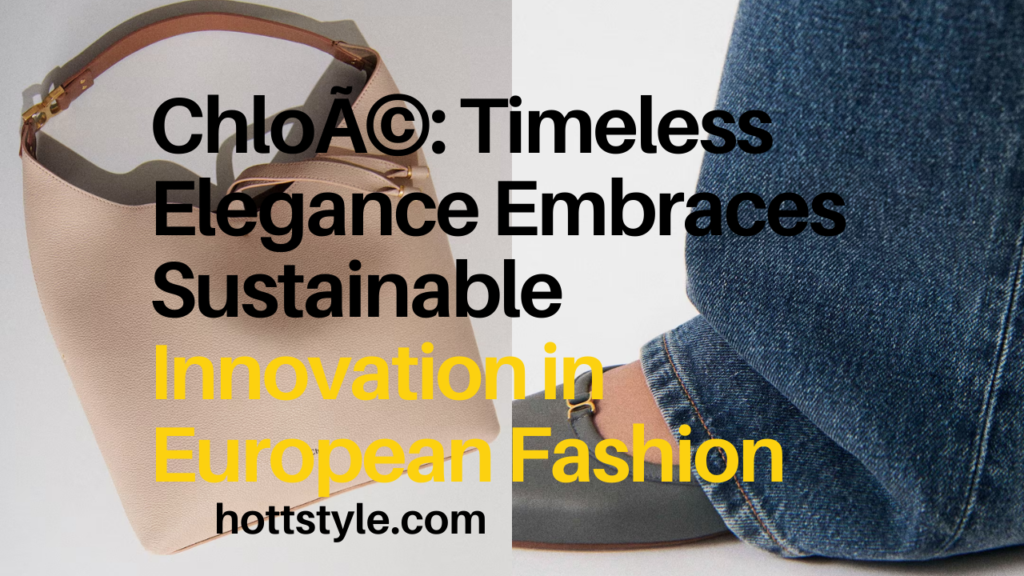
Established in 1952 by Gaby Aghion in Paris, Chloé has advanced to ended up a symbol of easy modernity. In later a long time, the brand has grasped a more feasible approach, recognizing the basic to address the natural affect of the mold industry.
Chloé’s commitment to supportability is showed in its fastidious choice of materials.
The brand places accentuation on responsible sourcing, picking for eco-friendly textures and consolidating reused materials into its collections. This conscientious choice not as it were improves the eco-credentials of Chloé’s articles of clothing but moreover sets a point of reference for other extravagance mold houses in Europe.
The brand’s devotion to life span and enduring style is clear in its plans, which radiate a immortal quality. Chloé encourages a mindset of careful utilization, encouraging clients to contribute in pieces that stand the test of time instead of capitulating to the temporal nature of quick fashion.
Chloé too recognizes the significance of straightforwardness within the Sustainable Fashion Brands. By giving understanding into its supply chain and fabricating forms, the brand looks for to foster a sense of believe and responsibility with its observing clientele. This openness could be a pivotal step towards a more economical and moral future for European design.
In expansion to its fabric choices, Chloé effectively investigates imaginative innovations and generation strategies to play down its natural impression. The Sustainable Fashion Brands activities incorporate energy-efficient hones, squander reduction measures, and a commitmentto circular mold standards, contributing to a more sustainable and capable industry.
IV Stella McCartney x Adidas: A Fusion of Style and Sustainability in European Sportswear
The collaboration between Stella McCartney and Adidas speaks to a agreeable mix of fashion-forward plan and faithful commitment to maintainability inside the domain of sportswear in Europe. Propelled in 2005, this organization has not as it were re-imagined athletic design but has set modern measures for eco-conscious collaborations.

Stella McCartney Adidas products are available worldwide, both in select high-end stores and online. As the brand continues to grow, it maintains its exclusivity while garnering mainstream popularity. Athletes and fashion enthusiasts alike appreciate the brand’s ability to seamlessly fuse style and performance without compromising sustainability. With each new collection, Stella McCartney Adidas continues to captivate the fashion world and redefine the boundaries of sportswear.
Central to the Stella McCartney x Adidas collaboration is the utilize of inventive and feasible materials. The collection consolidates reused polyester, natural cotton, and other eco-friendly textures, illustrating a shared commitment to diminishing the natural affect of sportswear generation. This commitment to feasible sourcing expands past aesthetics, reflecting a veritable concern for the planet.
The association not as it were emphasizes the utilize of feasible materials but too prioritizes moral fabricating forms. Stella McCartney and Adidas mutually winner fair labor hones, guaranteeing that the complete supply chain follows to tall benchmarks of social obligation. This approach adjusts with the growing request from shoppers for straightforwardness and moral contemplations within the mold and sportswear businesses.
Past materials and fabricating, the collaboration effectively locks in in circular mold hones. The plan ethos energizes life span, making pieces that withstand patterns and emphasize strength. This center on life span not as it were advances a more economical approach to utilization but too underscores the persevering fashion of the Stella McCartney x Adidas collaboration.
In expansion to its maintainable and moral establishments, the collaboration reliably pushes the boundaries of plan and execution. The imaginative soul of Stella McCartney meets the cutting-edge innovation of Adidas, coming about in sportswear that not as it were looks and feels great but too performs at the most noteworthy level.
Stella McCartney x Adidas stands as a confirmation to the transformative control of collaborations within the world of sustainable mold in Europe. By consistently coordination fashion, execution, and Sustainable Fashion Brands, this organization grandstands a outline for long term of sportswear â one that embraces sustainability without compromising on the energetic, high-energy tasteful that characterizes the crossing point of design and athletic wear.
V Veja: Walking the Sustainable Path in European Fashion
Veja, a spearheading brand within the domain of economical design, has carved a particular specialty for itself by mixing fashion, morals, and environmental obligation. Established in 2005 by Sébastien Kopp and François-Ghislain Morillion, Veja has gotten to be synonymous with straightforwardness, moral hones, and a commitment to making tennis shoes that take off a positive impression on the planet.

At the heart of Veja’s mission is the utilize of maintainable materials. The Sustainable Fashion Brands is eminent for its inventive approach to sourcing, picking for materials like natural cotton, wild elastic from the Amazon rainforest, and reused plastic bottles. This cognizant choice not as it were minimizes natural affect but moreover cultivates a supply chain that prioritizesthe well-being of both individuals and the planet.
Veja may be a trailblazer within the design industry by championing reasonable exchange hones. The Sustainable Fashion Brands effectively collaborates with little makers and cooperatives in Brazil, fostering impartial organizations and guaranteeing reasonable compensation for all included within the generation handle. This commitment to ethical sourcing expands past design, contributing to the strengthening of nearby communities.
Straightforwardness could be a foundation of Veja’s logic. The brand goes over and past industry norms, providing detailed data around its supply chain, generation forms, and the environmental affect of its shoes. This transparency engages shoppers to form educated choices and advances responsibility inside the mold industry.
Veja’s commitment to circular economy standards is clear in its plan reasoning. The Sustainable Fashion Brands makes shoes with life span in intellect, emphasizing immortal styles that stand up to the ephemerality of patterns. Moreover, Veja effectively investigates reusing activities, empowering clients to return worn-out tennis shoes for appropriate transfer and recycling.
The brand’s commitment to supportability expands past its items to its in general commerce hones. Veja persistently looks for inventive arrangements to diminish its carbon footprint, from energy-efficient fabricating forms to capable bundling choices. This all encompassing approach positions Veja as a pioneer in economical mold, motivating other European brands to take after suit.
As shopper mindfulness of moral and feasible mold develops, Veja stands as a signal of motivation and realness. By prioritizing the planet and the individuals included within the generation handle, Veja represents how mold can be a drive for positive alter. Within the scene of European economical design, Veja strides confidently towards a future where fashion and morals walk hand in hand.
2 MID- RANGE SUSTAINABLE FASHION BRAND
I Patagonia: Elevating Sustainable Outdoor Wardrobe in the Heart of Europe
Patagonia, the iconic outdoor suit Sustainable Fashion Brands has not only set the standard for performance-driven wear but has moreover wilt a trailblazer in sustainable malleate within the European landscape. Founded by Yvon Chouinard in 1973, Patagonia has seamlessly merged environmental activism with high-quality outdoor gear, demonstrating that functionality and sustainability can coexist harmoniously.
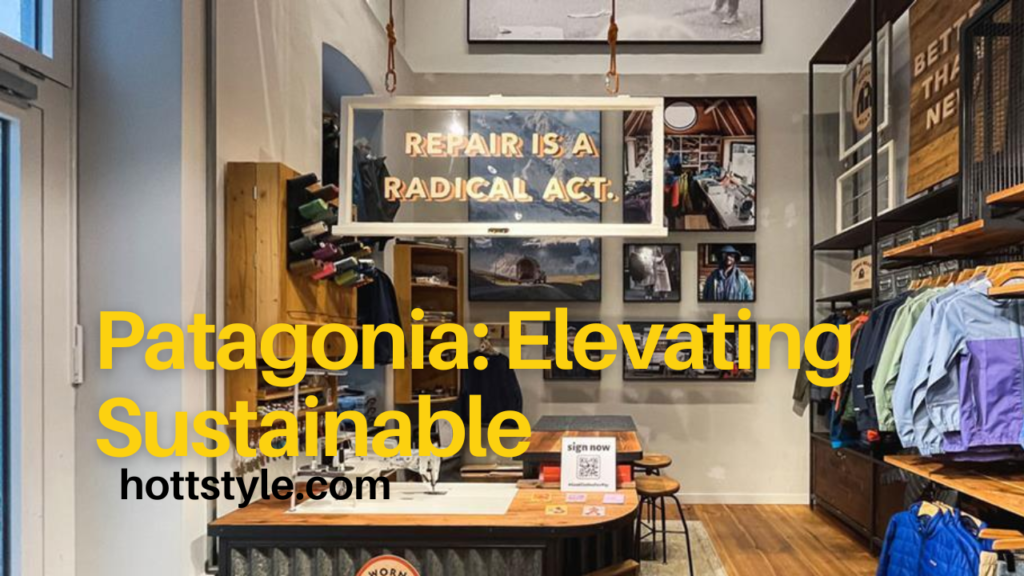
At the cadre of Patagonia’s transferral to sustainability is the meticulous sourcing of materials.
The trademark urgently seeks out eco-friendly fabrics, such as organic cotton and recycled polyester, reducing its ecological footprint while maintaining the tautness and performance expected in outdoor apparel. This dedication to sustainable materials aligns with the brand’s ethos of “Build the weightier product, rationalization no unnecessary harm.”
Patagonia’s unique tideway extends vastitude its product offerings to its involvement in environmental activism. The trademark is a vocal well-wisher for environmental conservation and corporate responsibility. Through initiatives like “1% for the Planet” and the Worn Wear program, Patagonia not only minimizes waste but moreover encourages a culture of responsible consumption by promoting the repair and reuse of its products.
The brand’s transparency in its supply uniting is flipside hallmark of its transferral to upstanding practices. Patagonia openly shares information well-nigh its factories, suppliers, and labor conditions, reinforcing its dedication to pearly labor practices and social responsibility. This transparency empowers consumers to make informed choices, contributing to a increasingly scrupulous malleate industry in Europe.
Patagonia’s embrace of the circular economy is evident in its transferral to tautness and repairability. The trademark encourages customers to repair and refurbish their suit through the Worn Wear program, prolonging the life of each garment. This ethos of longevity challenges the prevailing throwaway culture, aligning with a sustainable vision for the future of fashion.
In wing to its sustainable practices, Patagonia remains at the forefront of innovation. The trademark invests in research and minutiae to explore new technologies and materials that remoter enhance the sustainability of its products. This dedication to continual resurgence positions Patagonia as a thought leader in sustainable outdoor apparel.
As a steer of environmental stewardship and sustainable practices, Patagonia(Sustainable Fashion Brands) has wilt an integral part of the European sustainable malleate landscape. Its unwavering transferral to both performance and planet serves as an inspiration for consumers and industry peers alike, proving that responsible choices can thrive in the world of high-performance outdoor wear.
II Armedangels: Crafting Malleate with a Conscience in the Heart of Europe
Armedangels, a prominent player in the European Sustainable Fashion Brands malleate landscape, stands as a testament to the weighing that malleate can be both stylish and sustainable. Founded in 2007 by Martin Höfeler and Anton Jurina, Armedangels has made it a mission to redefine the industry by prioritizing upstanding practices, transparency, and a transferral to the planet.
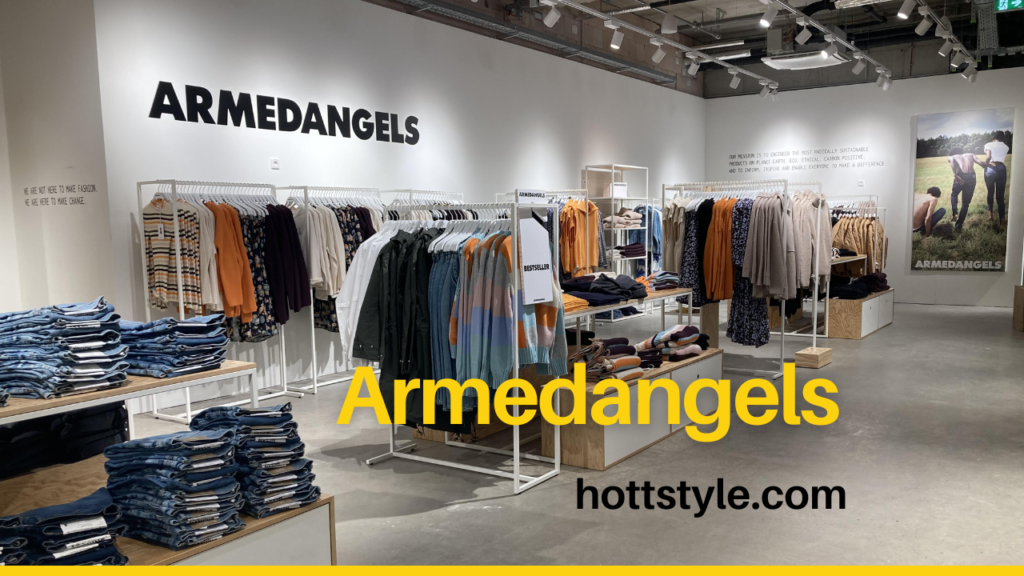
At the heart of Armedangels’ philosophy is a dedication to sustainable materials. The trademark places a strong accent on organic cotton and other eco-friendly fabrics, ensuring that each garment not only feels good but moreover aligns with the principles of responsible fashion. This transferral extends vastitude aesthetics, fostering a supply uniting that prioritizes environmental well-being and pearly labor conditions.
Transparency is a cornerstone of Armedangels’ tideway to fashion. The trademark goes whilom and vastitude to provide consumers with insights into its supply chain, manufacturing processes, and the environmental impact of its products. By sharing this information openly, Armedangels empowers consumers to make informed choices and advocates for greater peccancy within the malleate industry.
Armedangels urgently promotes pearly labor practices, forging partnerships with manufacturers and producers that share its transferral to social responsibility. By ensuring pearly wages and unscratched working conditions, the trademark contributes to a increasingly equitable and upstanding global malleate landscape, setting an example for other European brands.
The Sustainable Fashion Brands transferral to circular malleate is evident in its diamond philosophy. Armedangels creates timeless pieces that transcend fleeting Sustainable Fashion Brands, encouraging consumers to build a sustainable wardrobe with longevity in mind. Additionally, the trademark urgently explores recycling initiatives, contributing to a increasingly circular and responsible malleate ecosystem.
In wing to its dedication to sustainability, Armedangels remains at the forefront of style and innovation. The Sustainable Fashion Brands collections showcase that upstanding malleate can be tony and on-trend, dispelling the myth that sustainability compromises style.
Armedangels has emerged not just as a malleate trademark but as a steer of responsible consumerism. Its transferral to combining style, ethics, and sustainability resonates with a growing polity of conscious consumers who seek malleate that reflects their values. In the dynamic landscape of European sustainable fashion, Armedangels ()stands as a shining example of how malleate can be a gravity for positive change.
III People Tree: Cultivating Sustainable Fashion Roots in Europe
People Tree, a pioneering force in the realm of sustainable fashion, has been cultivating a unique blend of style and ethics since its inception in 1991. Founded by Safia Minney, this UK-based brand has become synonymous with fair trade practices, organic materials, and a commitment to fostering positive change within the European fashion industry.

At the core of People Tree’s mission is a dedication to promoting environmentally friendly materials. The brand prioritizes organic cotton, Tencel, and other sustainable fabrics, ensuring that each garment not only reflects the latest trends but also adheres to the highest ethical and ecological standards. This commitment to sustainability extends beyond fashion, embodying a holistic approach to responsible consumerism.
People Tree has been a trailblazer in the fair trade movement within the fashion industry. By forging partnerships with artisan groups and cooperatives in developing countries, the brand empowers skilled workers and ensures fair wages, safe working conditions, and gender equality. This approach reflects a commitment to social responsibility that goes hand in hand with sustainable practices.
Transparency is a cornerstone of People Tree’s ethos. The Sustainable Fashion Brands proactively shares information about its supply chain, from sourcing raw materials to the production of the final Sustainable Fashion Brands garment. This transparency allows consumers to make informed choices, contributing to a more conscientious and accountable fashion industry in Europe.
The brand’s dedication to longevity is evident in its timeless designs. People Tree creates pieces that go beyond the ephemerality of trends, encouraging consumers to build a sustainable and enduring wardrobe. This emphasis on durability aligns with a broader commitment to reducing the environmental impact of fast fashion.
In addition to its ethical and sustainable practices, People Tree actively engages in environmental initiatives. The brand seeks to minimize its carbon footprint through energy-efficient production methods, eco-friendly packaging, and a continuous exploration of innovative technologies that further enhance its ecological credentials.
People Tree stands as an embodiment of how fashion can be a catalyst for positive change. By seamlessly combining style, fair trade principles, and environmental stewardship, the brand has carved a niche for itself in the European sustainable fashion landscape. As consumers increasingly seek authenticity and ethics in their choices, People Tree remains a beacon, showcasing that fashion can be a force for good in the world.
3 Affordable Sustainable Fashion Brands in Europe
I Everlane : Modern Minimalism Meets Ethical Transparency in European Sustainable Fashion
Everlane, the American-born brand, has made a significant impact on the European sustainable fashion scene by marrying modern aesthetics with a commitment to ethical practices and transparency. Founded in 2010 by Michael Preysman, Everlane has positioned itself as a disruptor in the industry, challenging conventional fashion norms and championing a new era of conscious consumerism.

Central to Everlane’s ethos is its dedication to radical transparency. The brand takes pride in openly sharing information about its supply chain, production costs, and pricing breakdowns. This transparency empowers consumers to make informed choices, fostering a sense of trust and accountability within the fashion industry, even as it extends its influence into the European (Sustainable Fashion Brands)market.
Everlane’s commitment to sustainability is reflected in its careful selection of materials. The brand prioritizes eco-friendly fabrics such as organic cotton, recycled polyester, and ethically sourced leather. By emphasizing quality over quantity and producing timeless essentials, Everlane encourages consumers to invest in pieces that transcend fleeting trends and contribute to a more sustainable wardrobe.
In addition to its material choices, Everlane actively explores innovative solutions to reduce its environmental impact. The brand is committed to minimizing waste, utilizing responsible packaging, and continuously seeking ways to improve the sustainability of its production processes. Everlane’s commitment to circular fashion principles aligns with the evolving expectations of environmentally conscious consumers in Europe.
Everlane’s designs embody modern minimalism, capturing a timeless and versatile aesthetic. This focus on enduring style not only aligns with sustainable fashion principles but also challenges the culture of fast fashion. By creating pieces that resist obsolescence and encourage responsible consumption, Everlane promotes a more thoughtful approach to fashion in the European market.
As Everlane expands its presence in Europe, its impact on the sustainable fashion landscape continues to grow. The brand serves as an exemplar of how transparency, ethical practices, and modern design can coalesce to create a new standard for responsible fashion. In a world where consumers seek authenticity and sustainability, Everlane stands as a beacon, reshaping the narrative of fashion in Europe and beyond.
II Reformation: Effortless Style with Sustainable Fashion Brands in European Fashion
Reconstruction, the exemplification of chic maintainability, has smoothly waltzed into the European design scene, reclassifying the guidelines of moral fashion. Since its foundation in 2009 by Yael Aflalo, this Los Angeles-based brand has been a catalyst for alter, demonstrating that design can be both exciting and ecologically cognizant.
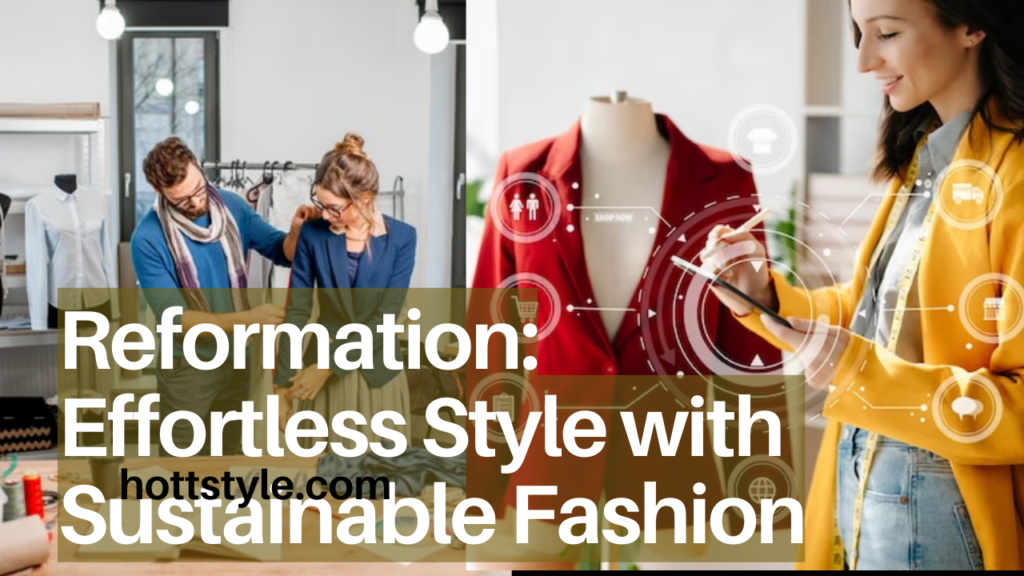
At the heart of Reformation’s victory lies its commitment to economical hones. The brand fastidiously chooses eco-friendly materials, such as Tencel, reused cotton, and deadstock textures, to make pieces of clothing that not as it were ooze fashion but moreover minimize the natural impression. Reformation’s commitment to capable sourcing adjusts consistently with the developing request for moral mold in Europe.
One of Reformation’s particular highlights is its straightforward approach to generation. The Sustainable Fashion Brands gives clients with experiences into the natural affect of each piece of clothing, counting water and carbon impression subtle elements. By embracing radical straightforwardness, Transformation enables customers to form educated choices, cultivating a sense of believe and responsibility inside the design industry.
Reformation’s plans epitomize a immortal however modern charm. The Sustainable Fashion Brands captures the essence of easy fashion, making pieces that rise above seasons and patterns. This accentuation on life span stands in stark differentiate to the quick design account, empowering a more economical approach to building a wardrobe.
In expansion to economical materials and plan ethos, Renewal effectively locks in in circular mold hones. The brand empowers clients to reuse their ancient clothing through its “RefRecycling” program, assist contributing to the lessening of mold squander and the advancement of a circular economy.
As Reconstruction continues to create its check within the European design scene, it serves as an motivation for those looking for to marry style with supportability. The brand’s victory isn’t as it were rooted in its capacity to make beautiful pieces of clothing but too in its unflinching commitment to natural obligation. Within the advancing story of European maintainable mold, Renewal moves to the beat of a modern, cognizant beat, proving that mold can be a celebration of both individual fashion and the planet.
III H&M Conscious: Elevating Fast Design with a Sustainable Fashion Brands in Europe

H&M, a worldwide design mammoth, has set out on a transformative travel with its economical activity, H&M Cognizant. Situated at the crossing point of reasonableness and eco-consciousness, H&M Cognizant endeavors to rethink the quick design scene by coordination maintainability into its center values. Launched in 2011, H&M Cognizant reflects the Sustainable Fashion Brands commitment to making design with a decreased natural affect. The activity envelops a run of maintainable hones, from mindful sourcing of materials to imaginative generation forms and moral labor hones.
Key to H&M Cognizant is the use of economical materials. The brand effectively consolidates natural cotton, reused polyester, and other eco-friendly textures into its collections. By prioritizing these materials, H&M points to play down its natural impression and contribute to a more maintainable design industry in Europe.
In expansion to fabric choices, H&M Cognizant emphasizes straightforwardness in its supply chain. The brand gives data almostthe roots of its items, fabricating forms, and the affect of its activities on social and natural variables. This straightforwardness permits buyers to create educated choices, advancing mindfulness and responsibility inside the quick mold division.
H&M Conscious moreover champions circular design standards by empowering clients to reuse their ancient clothing through its in-store piece of clothing collecting program. The activity points to decrease material squander and advance a more circular approach to mold utilization, adjusting with the brand’s commitment to minimizing its affect on the environment.
The Cognizant Collection by H&M speaks to a step towards more maintainable and morally delivered Sustainable Fashion Brands things. This line highlights articles of clothing made from imaginative materials like Tencel and reused polyester, exhibiting that style need not be compromised within the pursuit of supportability.
Whereas H&M Conscious speaks to advance within the quick design industry’s travel toward sustainability, it moreover flashes vital discussions almost the challenges and openings inside this space. As H&M proceeds to advance its approach, the brand plays a pivotal part in affecting the broader design scene in Europe, empowering other industry players to prioritize supportability in their hones and offerings.
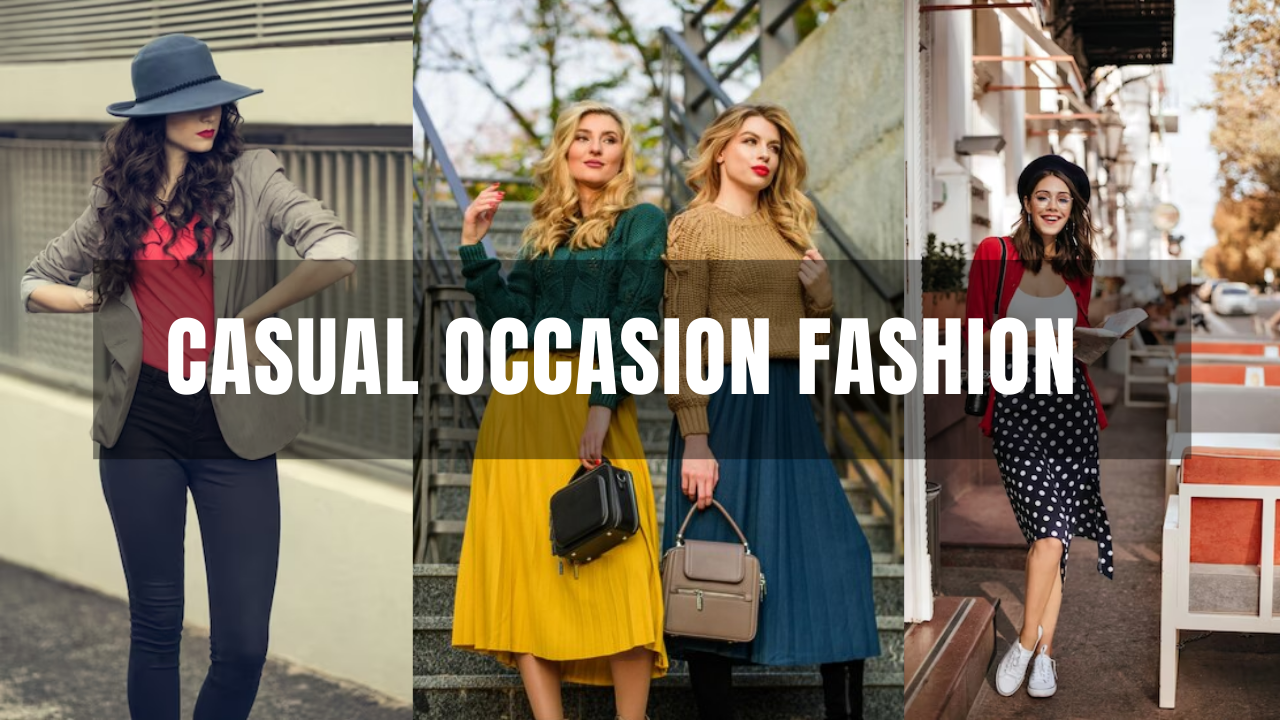
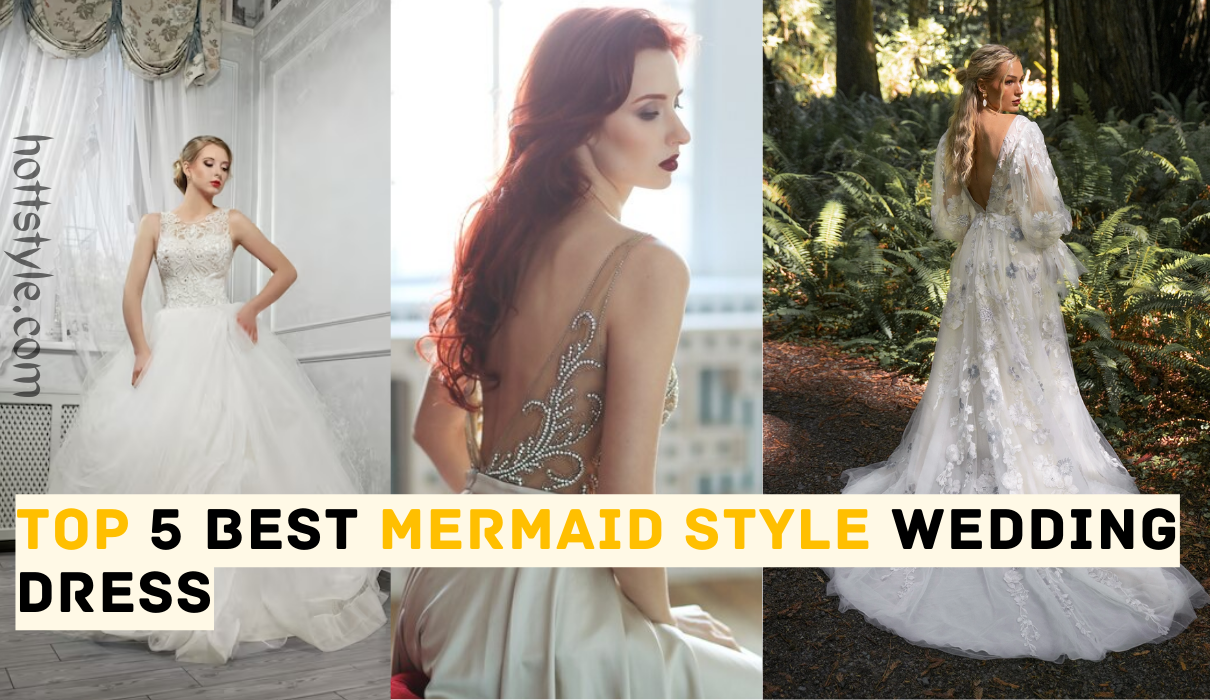
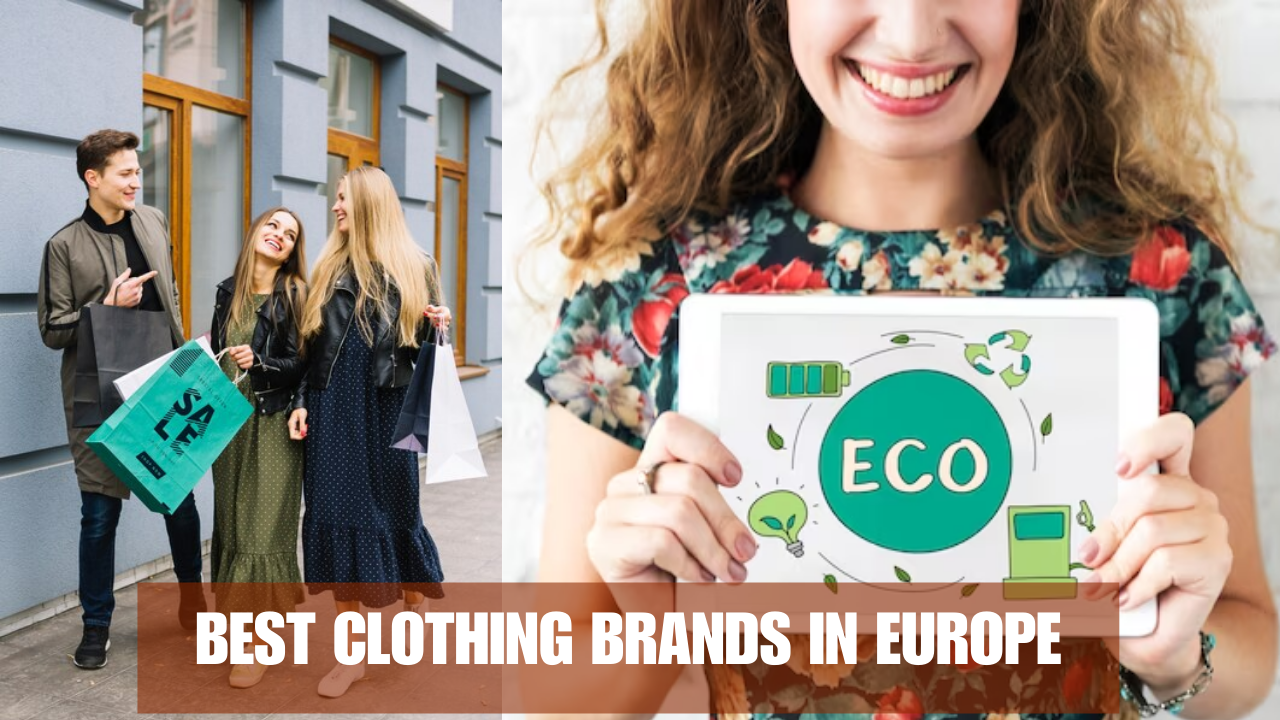
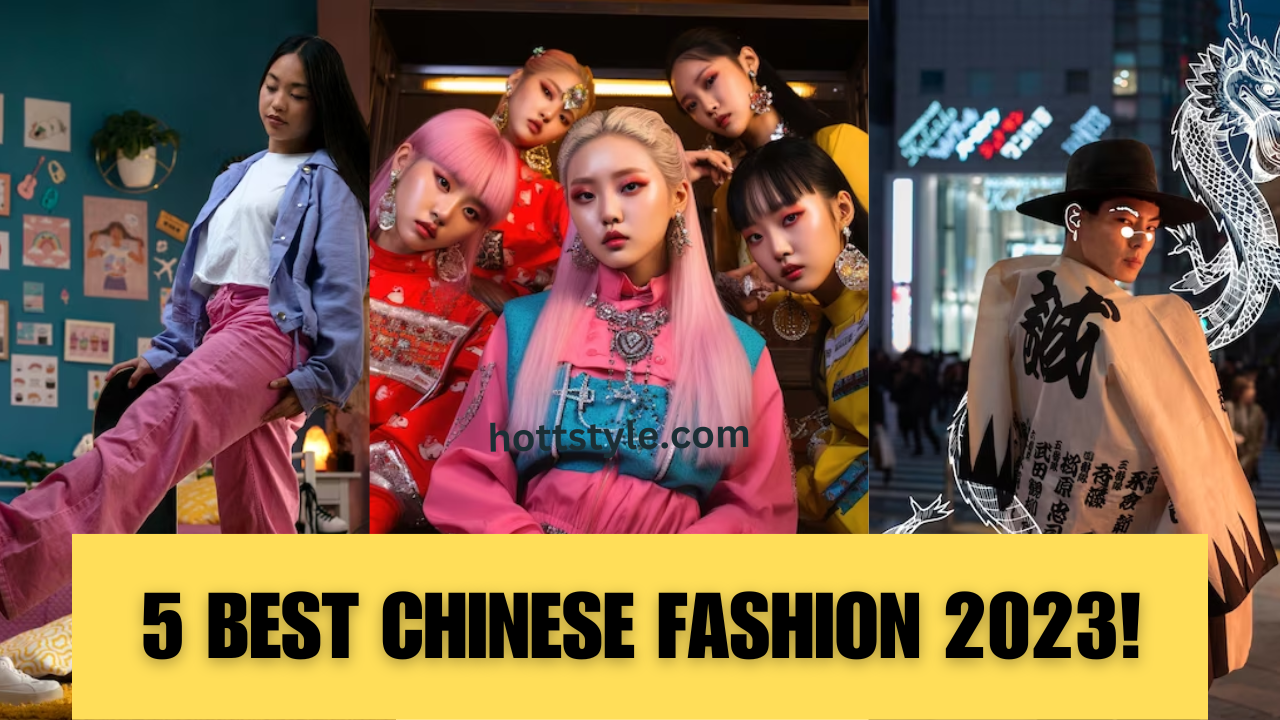

One Comment